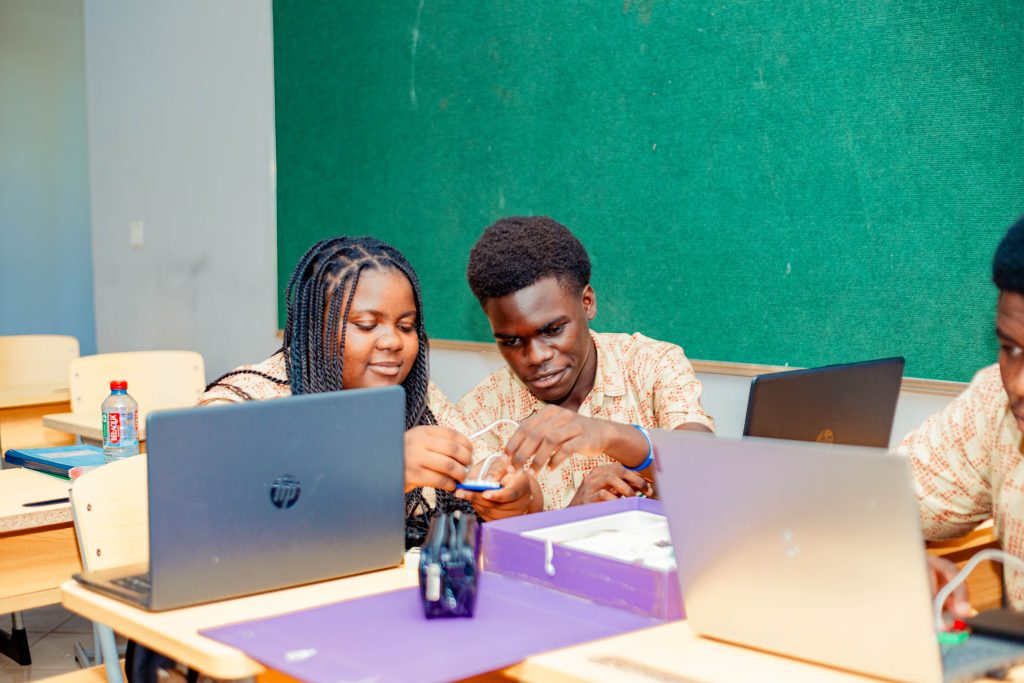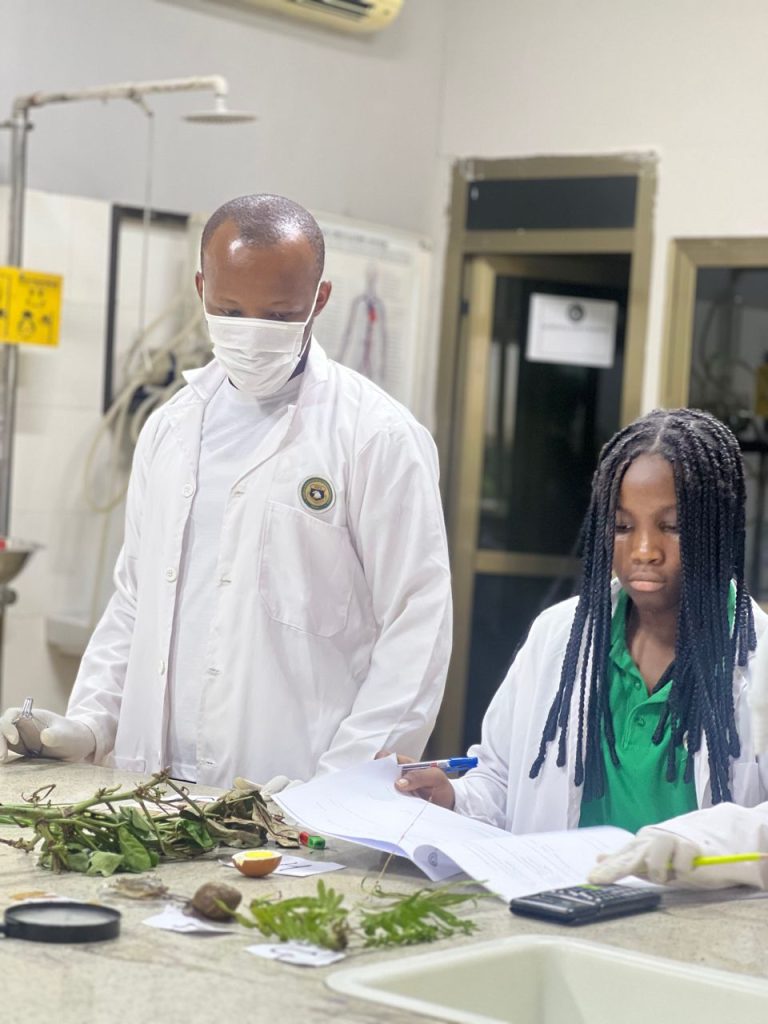Key Points at a Glance
Simulations and models simplify complex science topics, making them easier for students to grasp.
They encourage interactive, risk-free experimentation and critical thinking.
Digital tools are revolutionizing science education through engaging simulations.
Morgan International Community School (MICS) integrates simulations in its curriculum to enhance scientific understanding.
Science is a fascinating yet complex subject that often challenges students with abstract theories and intricate processes. Traditional teaching methods may not always bridge the gap between theory and real-world application.
This is where simulations and models come into play — transforming science education by making learning more interactive, engaging, and easier to understand.

What Are Simulations and Models in Science Education?
Simulations are virtual or physical representations of real-world processes, allowing learners to experiment and observe outcomes in a controlled setting. Models, on the other hand, are simplified representations of systems, structures, or processes used to explain scientific phenomena.
Together, simulations and models bring abstract scientific concepts to life, enabling students to visualize, manipulate, and experiment without the limitations of time, cost, or safety concerns.
Practical Examples of Using Simulations and Models
Cell Biology: Through virtual simulations, students can explore the microscopic world of cells, understanding organelles, cell division, and DNA replication in 3D environments.
Astronomy: Models of the solar system help learners grasp concepts like planetary motion, eclipses, and gravitational forces, which are otherwise difficult to observe directly.
Chemical Reactions: Simulations allow students to mix virtual chemicals, observe reactions, and predict outcomes safely without the risks involved in a real lab.
Climate Change: Interactive models demonstrate the impact of human activities on climate, helping students visualize data on carbon emissions, global temperatures, and rising sea levels.

Benefits of Simulations and Models in Science Learning
Interactive Engagement: Students participate actively in the learning process, boosting retention and comprehension.
Safe Experimentation: Learners can conduct experiments without real-world dangers, especially with hazardous materials.
Critical Thinking: By manipulating variables in a simulation, students develop analytical skills and problem-solving abilities.
Visualization of Abstract Concepts: Complex topics become tangible when visualized through models and simulations.
Immediate Feedback: Students receive instant responses to their actions, helping them learn from mistakes and refine their understanding.
The Role of Technology in Advancing Science Education
With the rise of digital platforms, simulations have become more sophisticated and accessible. Tools like PhET Interactive Simulations, Gizmos, and virtual labs provide rich educational experiences for students globally.
PhET Interactive Simulations:
Incorporating these digital resources into classrooms bridges the gap between traditional science teaching and modern technological advancements, ensuring that learners are better prepared for the future.
Morgan International Community School’s Approach
At Morgan International Community School (MICS), simulations and models form a crucial part of the science curriculum. MICS leverages modern educational technologies to help students visualize, explore, and apply scientific concepts practically.
Through hands-on projects, digital tools, and interactive science sessions, MICS students are trained not just to understand science but to think like scientists. This approach positions them for global competitiveness and academic excellence, reflective of the school’s commitment to holistic education.
Final Thoughts
Using simulations and models to teach complex science topics is redefining education by making learning more engaging, practical, and effective.
As technology evolves, these tools will become even more integral in classrooms, helping students not only understand but also innovate within the sciences.
